Introduction
Our bodies are composed of different types of cells. Approximately 37 trillions of tiny building blocks called cells, are present in the human body, each one specialized for a unique function. Here are 10 different types of cells found in the human body, each with its own fascinating role:
Red Blood Cells (Erythrocytes):
These disc-shaped cells, lacking nuclei, are the workhorses of oxygen transport. Their iron-rich protein hemoglobin picks up oxygen from the lungs and delivers it to tissues throughout the body.
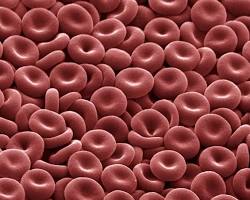
White Blood Cells (Leukocytes):
These are the body’s soldiers, defending against infections and foreign invaders. Different types of white blood cells, like neutrophils and lymphocytes, fight bacteria, viruses, and even cancer cells.
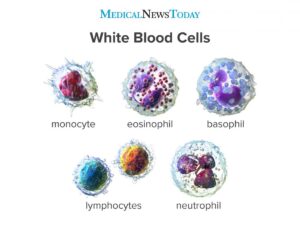
Muscle Cells (Myocytes):
These powerhouse cells contract and relax to generate movement. Cardiac muscle cells form the heart, while skeletal muscle cells allow us to move our limbs, and smooth muscle cells line our organs and blood vessels.
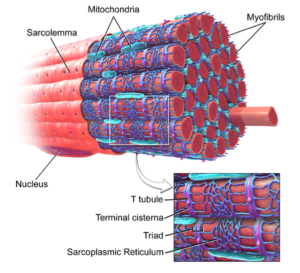
Nerve Cells (Neurons): These specialized cells process and transmit information throughout the body. Long axons form nerve fibers, while dendrites receive signals from other neurons. Neurons form complex networks that control everything from sensation to thought.
Skin Cells (Keratinocytes): These form the outermost layer of our skin, providing protection from the environment. They produce keratin, a tough protein that makes skin waterproof and resistant to abrasion.

Fat Cells (Adipocytes): These cells store energy in the form of triglycerides. They also produce hormones that regulate appetite, metabolism, and inflammation
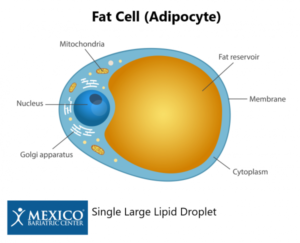
Bone Cells (Osteocytes, Osteoblasts, Osteoclasts): These cells work together to maintain and remodel our bones. Osteoblasts build new bone, while osteoclasts break down old bone. Osteocytes, embedded within the bone tissue, sense changes in pressure and stress, directing bone remodeling.
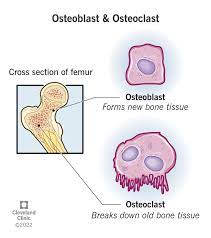
Sex Cells (Sperm and Egg): These specialized cells are responsible for reproduction. Sperm cells are motile and carry half the genetic material, while egg cells are large and stationary, containing the other half. When they fuse during fertilization, they create a new zygote with a complete set of chromosome
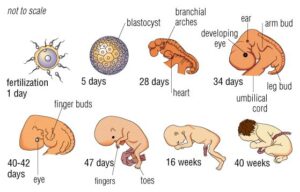
Endothelial Cells: These line the inner surface of blood vessels and lymphatic vessels. They play a crucial role in regulating blood flow, blood clotting, and immune function.
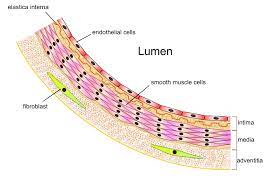
Goblet Cells: Present in the lining of respiratory and digestive tracts, these cells produce mucus, a sticky substance that traps dust, debris, and pathogens, protecting underlying tissues
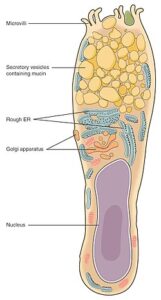
Resources
Red Blood Cells (Erythrocytes) https://www.thoughtco.com/red-blood-cells-373487
White Blood Cells (Leukocytes) https://www.medicalnewstoday.com/articles/327446#types-and-function
Muscle Cells (Myocytes) https://www.physio-pedia.com/Muscle_Cells_(Myocyte)
Nerve Cells (Neurons) https://www.mayoclinic.org/nerve-cell-neuron/img-20007830
Fat Cells (Adipocytes) https://mexicobariatriccenter.com/improve-adipose-tissue-function/
Bone Cells (Osteocytes, Osteoblasts, Osteoclasts) https://my.clevelandclinic.org/health/body/24871-osteoblasts-and-osteoclasts
Sex Cells (Sperm and Egg) https://www.sciencecounts2.com/how-are-sex-cells-made.html
Endothelial Cells https://en.wikipedia.org/wiki/Endothelium
Goblet Cells https://en.wikipedia.org/wiki/Goblet_cell
